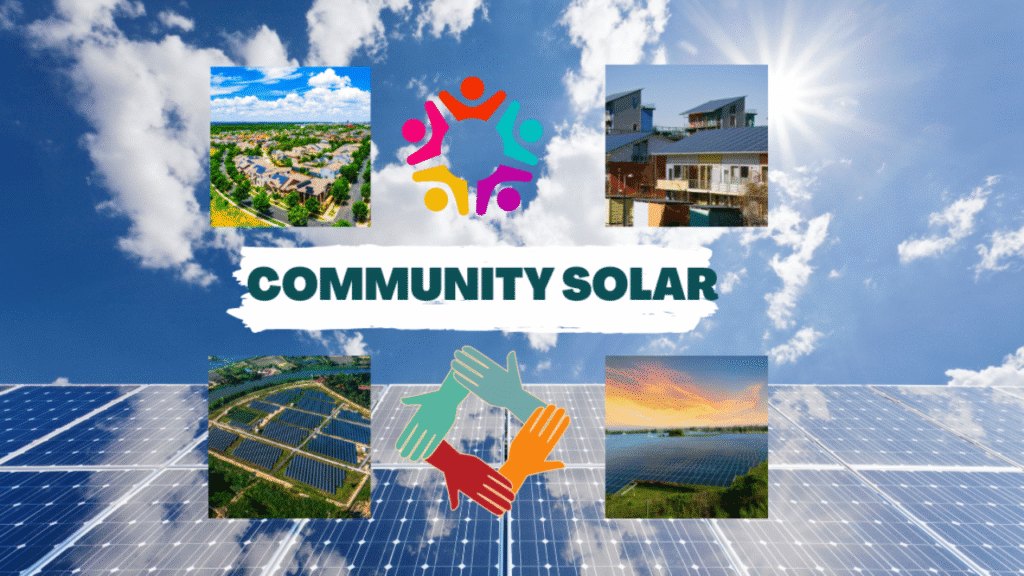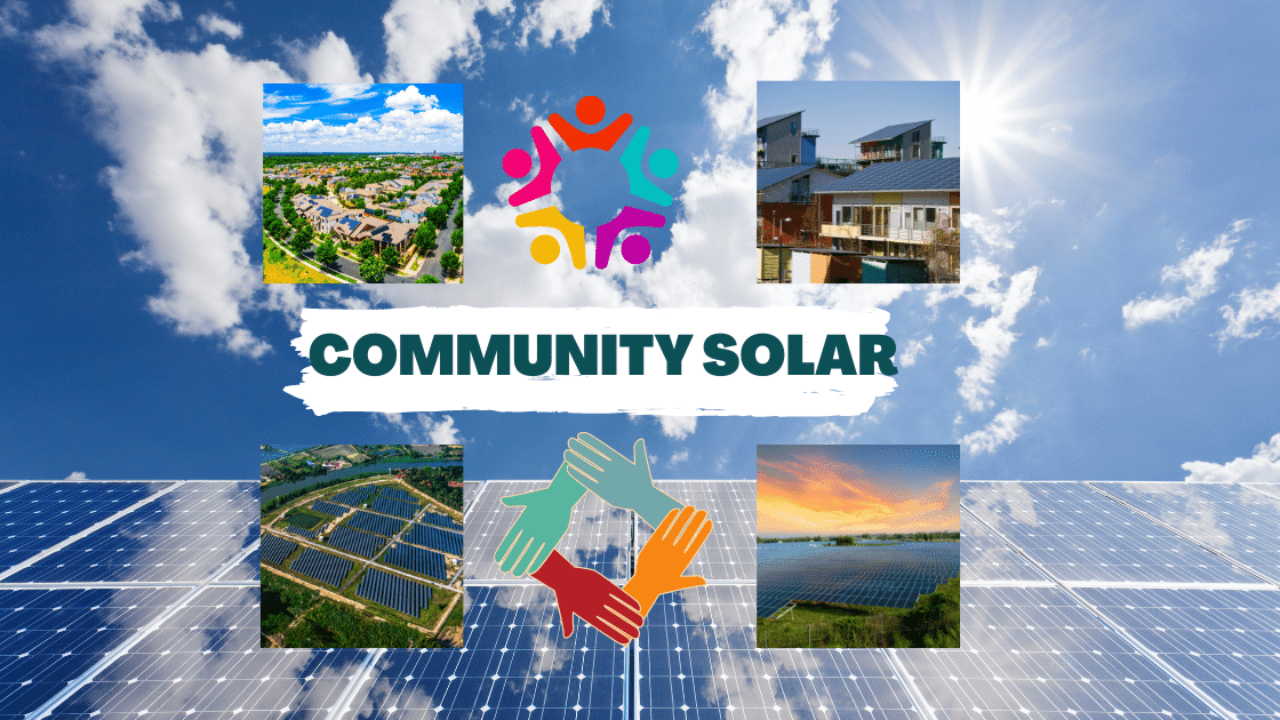
As renewable energy becomes more accessible, community solar projects are gaining popularity among homeowners, renters, and businesses. These programs allow participants to benefit from solar energy without installing panels on their own property. By subscribing to a portion of a shared solar array, individuals can reduce their electricity bills and support clean energy initiatives. This guide explores how community solar works, its benefits, costs, and steps to join a project.
What Is a Community Solar Project?
A community solar project is a centralized solar energy installation that multiple participants can subscribe to. Instead of each household installing individual solar panels, a large solar farm generates electricity, and subscribers receive credit for the power their portion produces.
Key Features:
- Shared Solar Arrays: Panels are installed on rooftops, parking structures, or open land.
- Subscription Model: Participants pay a monthly fee or purchase a share of the system.
- Utility Credits: Electricity generated is credited to participants’ utility bills.
How Community Solar Works
- Project Development: Solar companies or local governments develop the array and connect it to the electricity grid.
- Subscription: Homeowners or businesses subscribe to a portion of the system based on their energy needs.
- Energy Generation: The solar panels generate electricity, which feeds directly into the local grid.
- Billing & Credits: Subscribers receive monthly credits on their utility bills proportional to the electricity produced by their share.
This approach allows participation even for renters or homeowners with shaded roofs, making solar energy more inclusive.
Benefits of Joining a Community Solar Project
- Lower Energy Bills: Subscribers save on electricity costs without installing panels.
- No Maintenance: The project owner handles installation, maintenance, and monitoring.
- Environmentally Friendly: Supports clean, renewable energy generation and reduces carbon emissions.
- Accessibility: Ideal for renters, apartment dwellers, or those with unsuitable rooftops.
- Flexibility: Some projects allow easy transfer of subscriptions if you move.
Costs and Financial Considerations
| Cost Element | Typical Range (USD) | Notes |
|---|---|---|
| Subscription Fee | $20–$100/month | Depends on size of subscription |
| One-Time Buy-In | $500–$5,000 | Some programs offer upfront ownership |
| Utility Credit | 5–15% off monthly bill | Varies by state and project size |
| Exit Fee | $0–$100 | Optional fee if unsubscribing early |
| Installation & Maintenance | N/A | Covered by project owner |
Tip: Check your local regulations—some states offer additional incentives or tax credits for community solar participation.
How to Join a Community Solar Project
Step 1: Research Local Projects
- Check your utility’s website or community solar directories.
- Confirm availability in your service area.
Step 2: Compare Options
- Review subscription costs, energy output, and contract terms.
- Consider whether upfront purchase or monthly subscription is better for your budget.
Step 3: Sign Up
- Complete the subscription agreement with the project owner or utility.
- Provide your utility account information for billing and credits.
Step 4: Start Receiving Credits
- Once the system is operational, your utility bill will reflect credits from your share of solar energy.
Step 5: Monitor and Adjust
- Some programs provide online portals to track energy production and savings.
- Adjust your subscription if your energy needs change.
Eligibility and Requirements
- Must live within the project’s service area.
- Utility account in your name or shared household account.
- Compliance with local regulations and subscription agreements.
Overview Table
| Feature | Description | Benefit to Homeowner |
|---|---|---|
| Subscription Model | Pay for a portion of a shared solar array | Access solar energy without installing panels |
| Utility Credits | Receive monthly credit for electricity produced | Lower electricity bills |
| Maintenance-Free | Project owner handles installation and upkeep | No technical or maintenance burden |
| Flexible Participation | Some programs allow transfer if you move | Continued savings if relocating |
| Environmental Impact | Supports renewable energy generation | Reduces carbon footprint |
| Accessibility | Available for renters and homeowners with shaded roofs | Inclusive for all housing types |
Environmental Impact
Community solar projects help reduce greenhouse gas emissions and dependence on fossil fuels. By pooling resources, these projects make clean energy more feasible and cost-effective for a larger portion of the population.
Conclusion
Community solar projects are a practical way for individuals and businesses to benefit from solar energy without the complexities of installation and maintenance. By subscribing to a shared array, participants save on energy bills, support renewable energy development, and contribute to a greener future. With increasing availability and flexible options, community solar is an excellent entry point for anyone looking to adopt sustainable energy.
3 Quick FAQs
- Can renters join community solar projects?
Yes, community solar is ideal for renters or those with unsuitable rooftops. - Do I need to install anything at my home?
No, all panels and equipment are maintained by the project owner. - Can I move and keep my subscription?
Some projects allow transfer or relocation of your subscription within the same utility service area.

